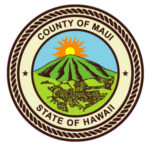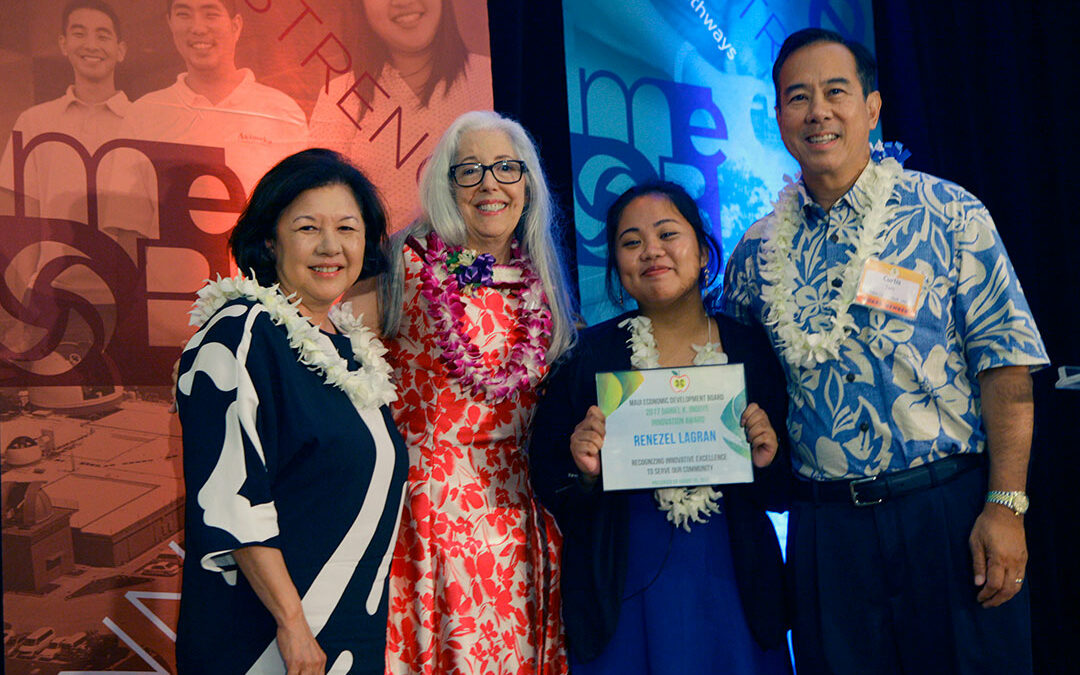
Sep 6, 2017 | Community

Maui Economic Development Board’s (MEDB) Ke Alahele Education Fund Benefit Dinner & Auction, held at the Fairmont Kea Lani Wailea, showcased an evening of nostalgia—a chance to look back at MEDB and their organization’s impact over the last 35 years, along with a glimpse of what’s to come. Guests enjoyed an evening of food, fun, and camaraderie, while celebrating the STEM (science, technology, engineering, mathematics) achievements of Maui County students. The festive event of 500 supporters included Distinguished Educators– Lieutenant Governor Shan Tsutsui and his wife Lyndelle, and Mayor Alan Arakawa and raised $325,000 to benefit MEDB and its programs.
“These funds will provide state-of-the-art technology tools for our students and training for our teachers; investments that will make a difference in the lives of our residents and our community,” said Leslie Wilkins, MEDB President and CEO. “This year, MEDB has expanded our pipeline of support by adding the Jeanne Unemori Skog Leaders and Entrepreneurs Fund to build the next generation of visionaries.” Skog, retired MEDB President and CEO, said, “I am so grateful to the MEDB Board of Directors for creating this fund in my name. I am also honored to receive the MEDB Colin C. Cameron Award, which recognizes outstanding contributions to strengthen and diversify Maui County’s economy.”
The evening culminated with the presentation of the prestigious Daniel K. Inouye (DKI) award, which went to Renezel Lagran, a 2017 Maui High School graduate currently attending the University of Hawaii-Maui College. Lagran received $5000 in recognition of her innovative use of technology used to serve our community. This year, Maui Waena Intermediate School’s STEMworks™ science teacher Jennifer Suzuki and Maui High School’s Arts and Communications teacher Clint Gima and the ACOM program will receive $5,000.
“I’m so grateful for this honor,” said Lagran. “I’ve worked incredibly hard since middle school and have had amazing teachers, mentors, and supporters along with amazing STEM opportunities. I’d really like to thank MEDB and their STEMworks™ program for their support. Their investment in me will truly reap positive results for Maui and our community.”
My hope is that the Jeanne Unemori Skog Leaders and Entrepreneurs Fund will help build the next generation of visionaries.
Jeanne Unemori Skog, Retired MEDB President and CEO
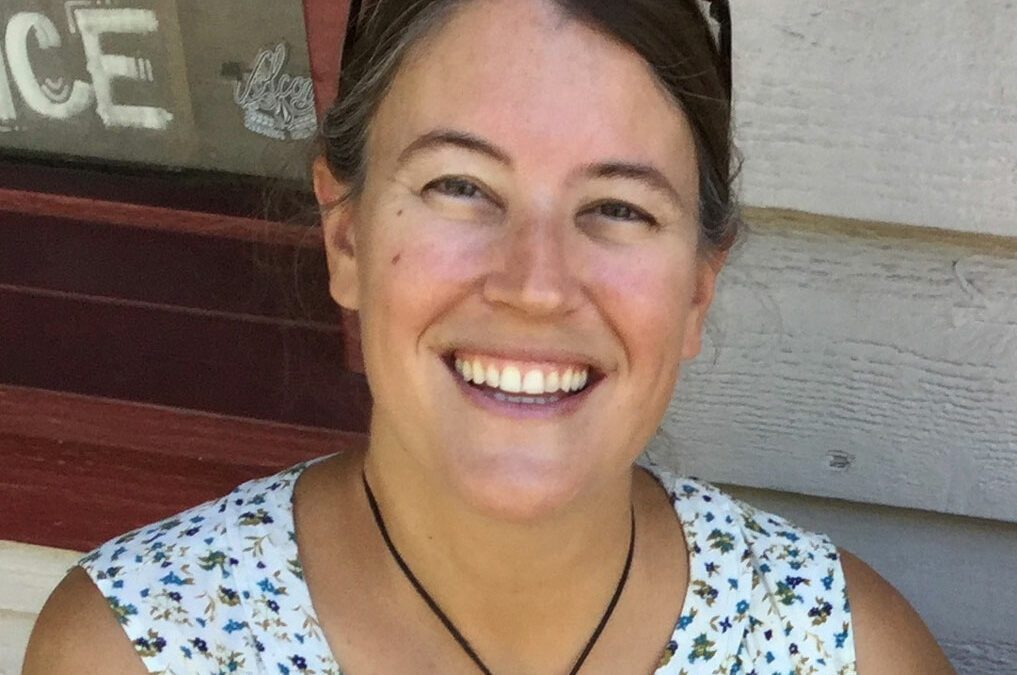
Aug 30, 2017 | Events
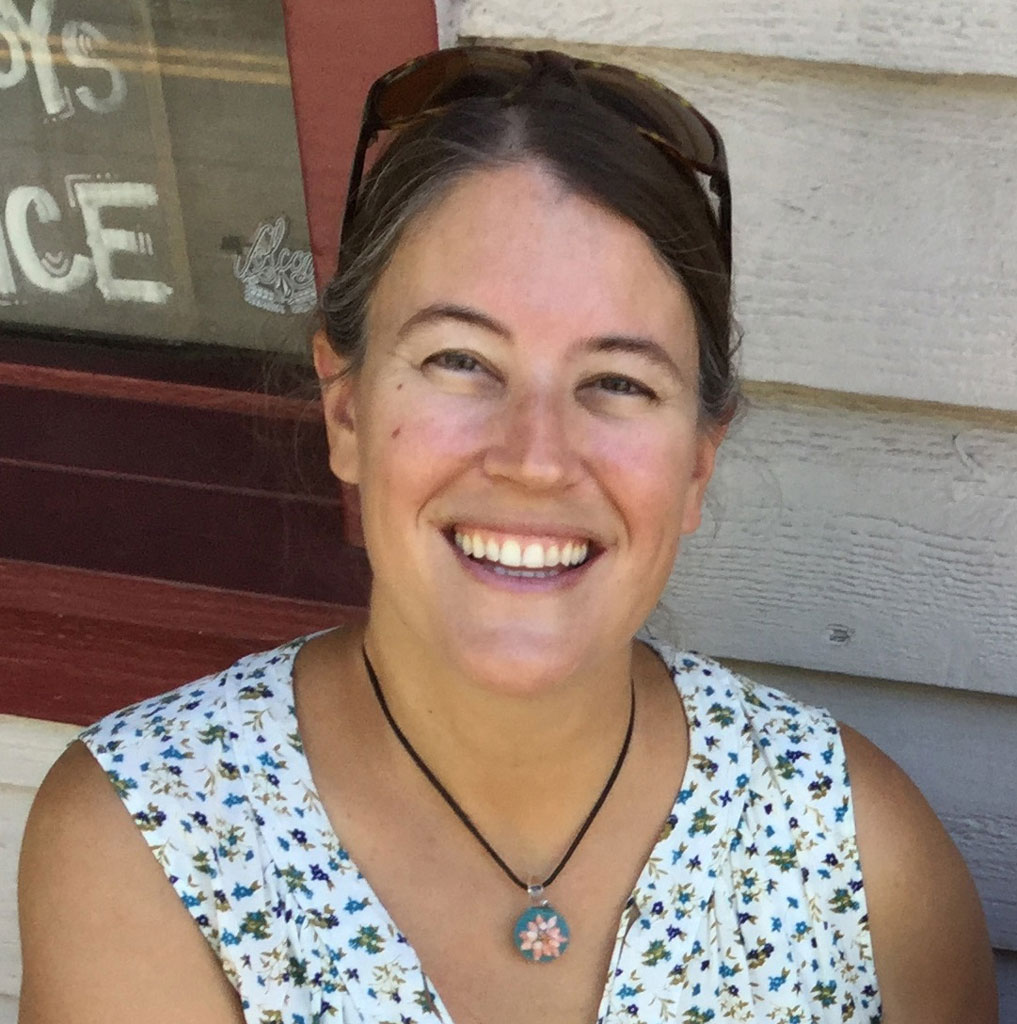
Maui Economic Development Board’s (MEDB) Women in Technology (WIT) Project presented a workshop for K-12 teachers on Exploring the Watershed through STEM (science, technology, engineering, mathematics) Education. Featuring WIT’s STEMworks™ Watershed Curriculum, the event focused on how GIS (Geographic Information System) Story Mapping can be utilized to protect and maintain the health of our island watersheds.
“The purpose of the workshop is to expose teachers to the power of using Story Maps to present spatial or geographic data in elementary, intermediate, and high school classrooms,” said Emily Haines-Swatek, workshop presenter and King Kekaulike High School STEMworks™ Facilitator. “Using ArcGIS Online, the teachers learned how to combine authoritative maps with narrative text and images that tell an integrated multimedia story.”
Shea Rodriguez, St. Anthony Middle School math teacher, said, “GIS mapping gives my students the chance to develop a variety of skills, and share cross-content knowledge in a hands-on technology approach. One of the most significant techniques offered in the workshop is to enable the students to do their own research. They will learn to gather and apply data to create valuable products that can be used in the community beyond the classroom. WIT’s STEMworks™ program also provides the chance for students to collaborate while they learn about Hawai’ian culture.”
WIT Team Member Denissa Andrade noted, “WIT is committed to supporting educators with essential STEM training and resources necessary for successful student engagement. Thanks to the funding MEDB received from the National Oceanic and Atmospheric Administration (NOAA), students are learning the importance of protecting Hawai’i’s watersheds and they are becoming stewards of our islands.”
With the NOAA funding, WIT also supports student experimental field trips to local watersheds such as Kealia Pond, a 704-acre bird sanctuary on Maui’s south coast. Led by biologists, naturalists, and other industry professionals, students observed Hawaii’s endangered wetland birds and migratory visitors firsthand. Using technology such as GPS and mobile devices, students were tasked with creating Story Maps to promote watershed awareness in the community.
Teachers learned how to introduce their students to the power of GIS Story Mapping with free online mapping tools to explore and analyze data.
Denissa Andrade, MEDB WIT Team Member
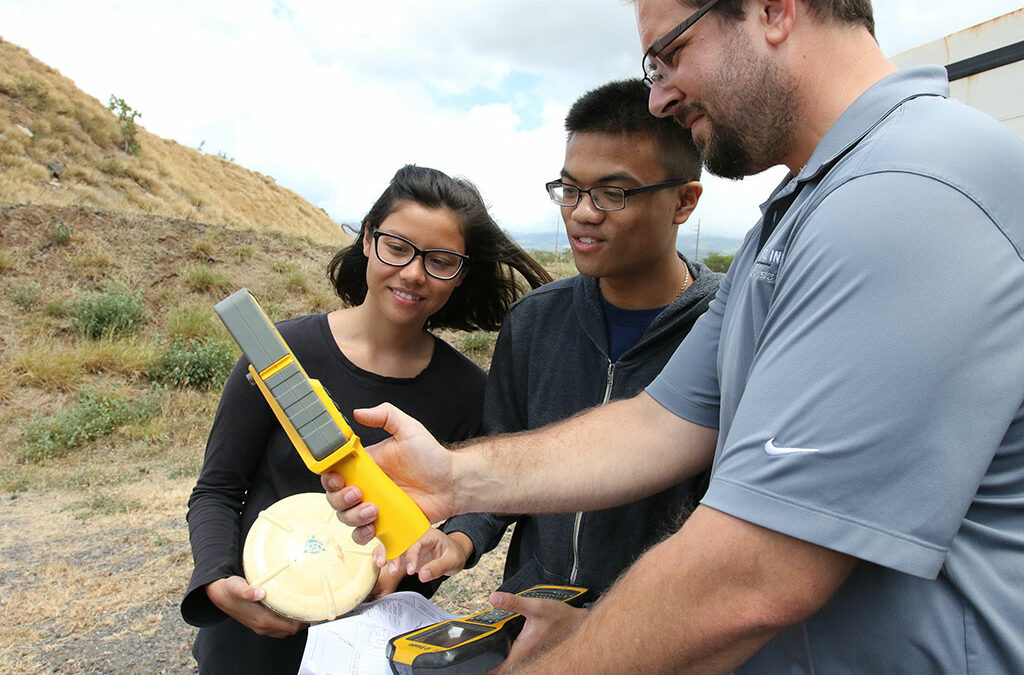
Aug 23, 2017 | Education, Stemworks
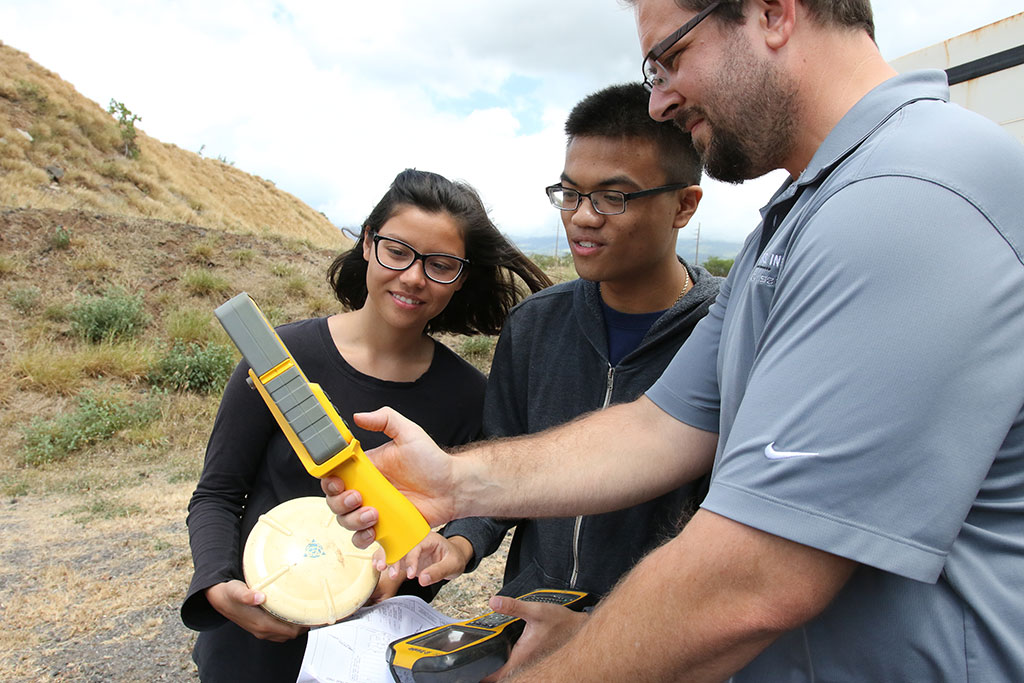
The STEMworks™ Summer Internships, created by Maui Economic Development Board’s (MEDB) Women in Technology Project (WIT), provided high school and college students with a dynamic six-week program at host organizations throughout the state. Interns and companies both benefitted as industry mentors offered invaluable knowledge, advice, and career insight to the aspiring young STEM (science, technology, engineering and mathematics) and Agriculture students.
“Through WIT’s STEMworks™ Internship program, students had a unique opportunity to explore technical and professional development, and gain confidence in their ability to be a STEM professional,” said Denissa Andrade, WIT Program Assistant. “Interns also participated in WIT’s weekly webinars to help them develop college preparatory and career readiness skills.”
At this year’s Showcase Presentation student participants highlighted their experiences with their host company mentors. Using software such as Autodesk Civil3D to model engineering design, interns Jett Bolusan from Maui High School, and Sophia Davis from Kihei Charter School, explained how they aided Goodfellow Brothers Inc. (GBI) in developing infrastructure here in Maui County. “Land surveying is a vital part of the construction process,” said Bolusan and Davis. “Before construction can begin, the land must be accurately measured and matched to the designs of engineers. During our internship we learned how to read blueprints and design plans and essentially helped GBI in the various steps that lead up to land development.”
Kevin Clarke, Principal Surveyor at GBI and mentor, said, “This program is of great importance to the young and upcoming STEM professionals of tomorrow. When I was in high school no one showed me how the complicated concepts in physics and mathematics could have a meaningful effect on my career path and daily life.”
The significant achievements of MEDB’s internship program and other K-Careers Workforce and Business Development initiatives will be on display at its Annual Ke Alahele Dinner and Auction: Pathways to Our Future on August 26, 2017. For more information you can call (808) 875-2300 or visit MEDB’s website: http://www.medb.org.
MEDB is extremely grateful to our industry partners across the state for their investment in Hawai’i’s STEM workforce.
Denissa Andrade, WIT Project Assistant
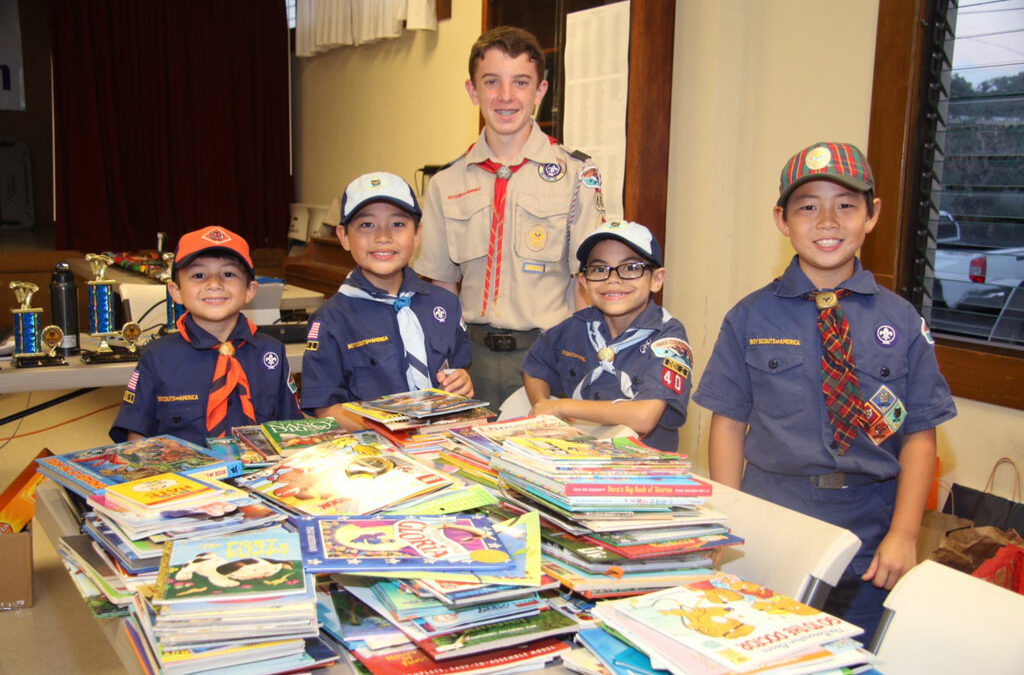
Aug 16, 2017 | Community, Education

Jonathan Kamehanaokala Merchant, a 9th grader at Seabury Hall, has loved to read for as long as he can remember. For his 11th birthday party, he decided he didn’t really need any presents. “My parents and I talked about how my bookshelf was overflowing,” said Merchant. “I thought it would be a great idea to ask family and friends to bring gently used or new books for children, preteens, and young adults to donate, along with my books, to those in need.”
Merchant’s mom, Shelley, contacted Laks Abraham, former President and CPO of the Maui United Way, who suggested that he donate the books to Book Trust Maui. “The first year, 2014, I collected 250 books at my “birthday book-giving bash,” Merchant noted. “For my 12th and 13th birthdays, I collected another 400 books for a total of 650 books donated and distributed to children with the help of Maui United Way.”
This year for his 14th birthday he wanted to collect another 350 books to reach 1,000 books over the four year period. Because he is also a Boy Scout with Troop 40, he thought collecting books would be a great community service project and way to gather more books.
Merchant contacted Cub Scout Pack 40, which he was in when he was younger, and made arrangements to go to one of their Pack meetings to collect whatever books the scouts wanted to donate. With the help of his Cub Scout friends and others who heard about his project, he collected another 750 books! With the assistance of Laks Abraham and the Maui United Way, all the books were donated to PATCH (People Attentive to Children), which gives away books to families and children.
“I have now collected around 1,400 books and donated them all to charity,” Merchant explained. “It would not have been possible for me to donate all these books without community help, so I would like to thank everyone for all the work they have done gathering and sharing their favorite books with me.”
I hope these books inspire other kids to love reading as much as I do!
Jonathan Merchant, Seabury Hall 9th grade
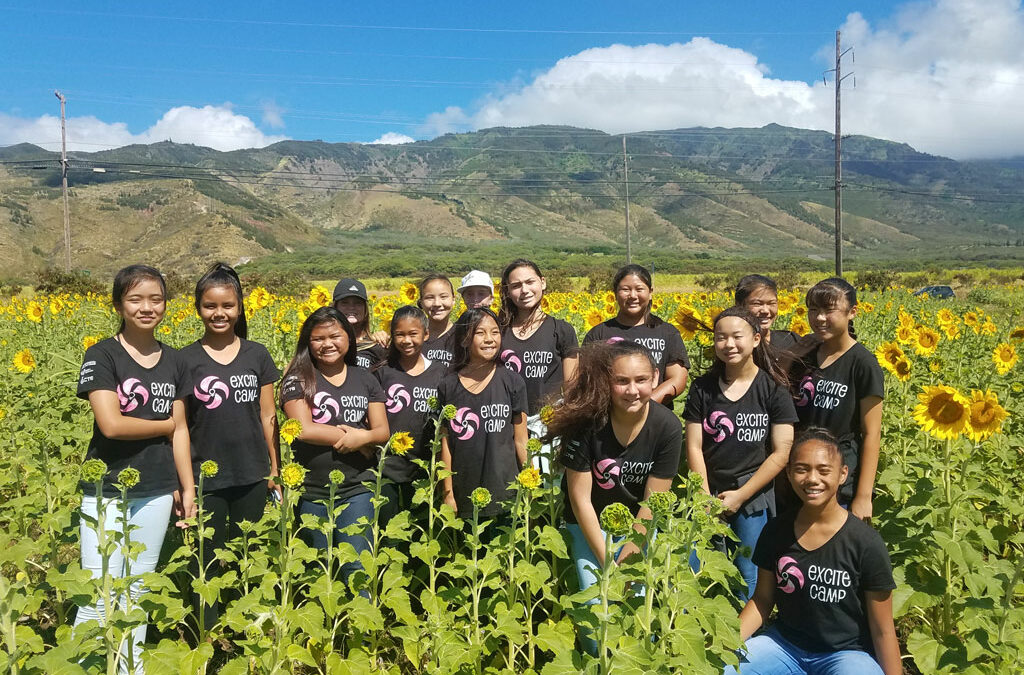
Aug 9, 2017 | Innovation, Stemworks
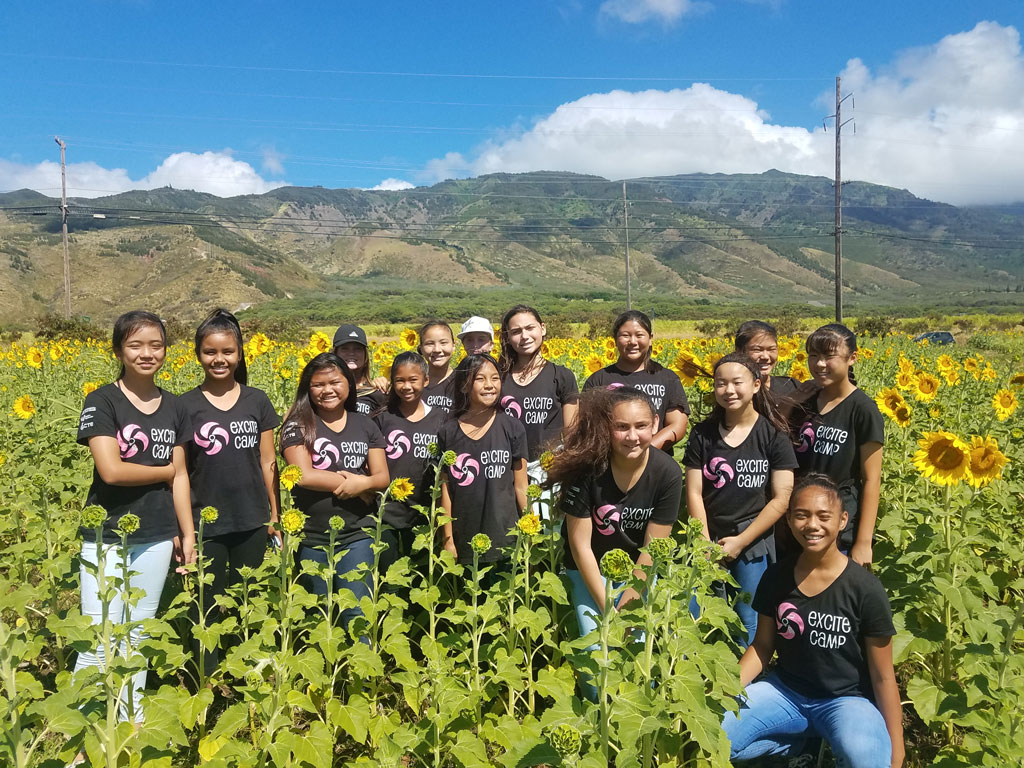
This summer, middle-school girls statewide had the opportunity to attend Excite Camp, a Women in Technology (WIT) program sponsored by the Maui Economic Development Board (MEDB). The mission of WIT is to encourage women and girls to pursue education and careers in STEM (science, technology, engineering and math) in the state of Hawaii. Excite Camp focuses on today’s most in-demand career fields, combining lectures, hands-on activities, geospatial technologies and on-site tours.
“The last 17 years, Excite Camp has been held on Maui and open to all Maui County middle-school girls,” said Mapu Quitazol, WIT Program Manager. “Three years ago we went statewide, hosting camps on Oahu, Hawaii Island and Molokai, and this year on Kauai. The camp builds confidence and motivates our young ladies with STEM activities, teaching them that they can do anything they set their hearts on. Each island has the same agenda but very different activities and cultural site visits. For example, on Maui we visited Pacific Biodiesel Technologies which produces fuel from sunflowers, Hawaii’s largest biofuel crop project.”
The camp attendance has been kept to 24-30 girls to create a small, intimate group. Each participant joins a group of four and is led by a female mentor. The mentor, who acts as a role model, explains the activities and works with students, helping them feel comfortable in their surroundings. “At the end of the four-day program the girls are no longer strangers, but colleagues and friends,” said Excite Camp mentor Dominie Miyasato. “In addition to getting excited about STEM, they learn the value of teamwork, communication and honoring their island heritage.”
Gracie May Gomes, Lokelani Intermediate School 7th grader, said, “Excite Camp offered so many hands-on activities that forced me to be creative and problem-solve by thinking outside the box. I was so inspired to invent and create new things.” Gomes’ mom, Annie, agreed. “I can’t thank MEDB enough! Excite Camp provided a wonderful opportunity for my daughter and the other girls by revealing the STEM career opportunities available to them right here in Hawaii.”
Excite Camp is successful due to our great community partners who are willing to share their knowledge, time, and resources to come and teach our girls fun, hands-on STEM experiments.
Mapu Quitazol, MEDB WIT Program Manager

Aug 2, 2017 | Events
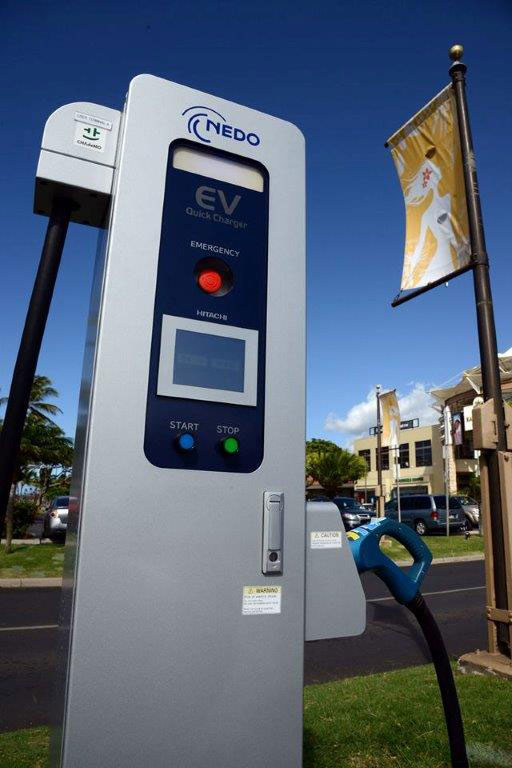
Maui residents who are curious about Electric Vehicles (EV) or hybrids will have a hands-on opportunity to learn about them at the “EV Showcase,” on Saturday, August 12th at Queen Kaahumanu Center, 10 am to 2 pm. The event will feature a variety of both EV and hybrid makes and models including Kia, Tesla, Toyota, Chevy, Nissan and BMW. Experts will give tips on the benefits of purchasing or leasing these vehicles; offer advice on financing from Maui County Federal Credit Union and HawaiiUSA Federal Credit Union and Maui Electric Company (MECO) will compare their EVWatt Plan to the costs of a conventional vehicle. Additionally, there will be refreshments, prize drawings and giveaways.
JUMPSmartMaui will also launch EVohana during the event. Membership in EVohana provides access to 44 chargers across 13 Fast Charger stations island-wide. MEDB has accepted ownership of these stations to assure continuity of the fast charging network service in Maui.
“Consumer demand for EVs and hybrids has never been higher,” said Leslie Wilkins, MEDB’s President and CEO. “Batteries with more charge capacity, more charging stations, the price of gasoline, and residents becoming more environmentally conscious are all contributing factors.”
Sharon Suzuki, President of MECO, explained, “As we work to achieve a complete clean energy future, electrification of ground transportation will play an integral role in reducing our state’s overall carbon footprint and increasing use of renewable resources on our islands. It’s through partnerships like the EV Showcase that we hope to fuel interest to get more EVs on our roads.”
Fred Redell, Energy Commissioner for the County of Maui, added, “Options for electric vehicles are expanding rapidly as new models are being introduced by almost every car manufacturer. New options and an expanding market mean opportunity and Maui County is pleased to see MEDB and MECO increasing awareness.” According to the vehicle registration database, there are a total of 737 all-electric vehicles registered in Maui County in addition to 3,525 hybrid-electric vehicles. For more information email: info@jumpstartmaui.com or call (808) 875-2300.
The EV Showcase is an excellent way to get answers to frequently asked questions about EV and hybrid vehicles.
Leslie Wilkins, MEDB President and CEO
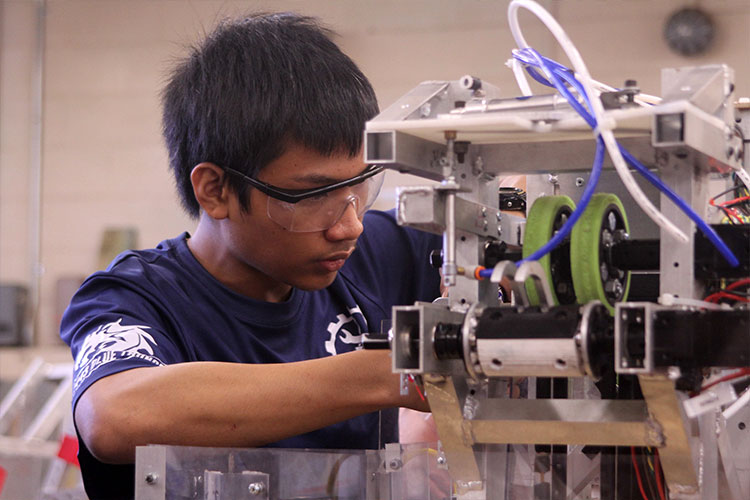
Jul 26, 2017 | Community, Education

On Saturday, August 26, 2017, Maui Economic Development Board (MEDB) will hold their annual fundraiser dinner and auction Pathways to Our Future at the Fairmont Kea Lani Hotel in Wailea. Guests will celebrate MEDB’s 35th Anniversary and the achievements of students in their STEM (science, technology, engineering, and math) programs. MEDB’s mission is to inspire and engage students in exciting mentor-based programs that build STEM skills and foster self-confidence, communication, and leadership.
Ke Alahele Education Fund grantee, Maui High School (MHS) Robotics Program, has many accomplishments to be proud of. Their determination and commitment has successfully brought them to the 2016-2017 seasons, their 10th year. “Every year, at their school, the MHS team hosts the Maui VEX Robotics Tournament,” said Dian Taroma, MHS Robotics team captain. “The students are continuously challenged to design, build, and program new robots.”
Taroma continued, “MEDB’s grants for our school’s robotics program exposed me to the STEM field and its range of career options. As a result, the whole team gained skills that are fundamental to our future.” Taroma’s brother, Denmark, has been in robotics all four years of high school. “I started off as a builder and improved along the way becoming one of the build captains on the team,” he explained. “Being in robotics, designing and putting the robot together, has taught me the values of being a leader.”
Team member Maureen Ang noted, “Without the support from MEDB, the team would not have been able to reach our full potential. We were able to build and program the best robot we could, travel, and ship our robot to our competitions.”
Mary Chin added her experience, “VEX is always a challenge, no matter your skill level. Everyone is constantly altering designs and rebuilding up until the last minute. Despite the seemingly endless frustrations we face, the overall problem-solving skills and abilities to function well in a group setting are priceless. MEDB’s grant has greatly helped us in more ways than one.”
The MHS robotics program, even after the first season, leaves students with a vision and a sense that they can create their own future.
Denmark Taroma, MHS 2017 graduate

Jul 12, 2017 | Community
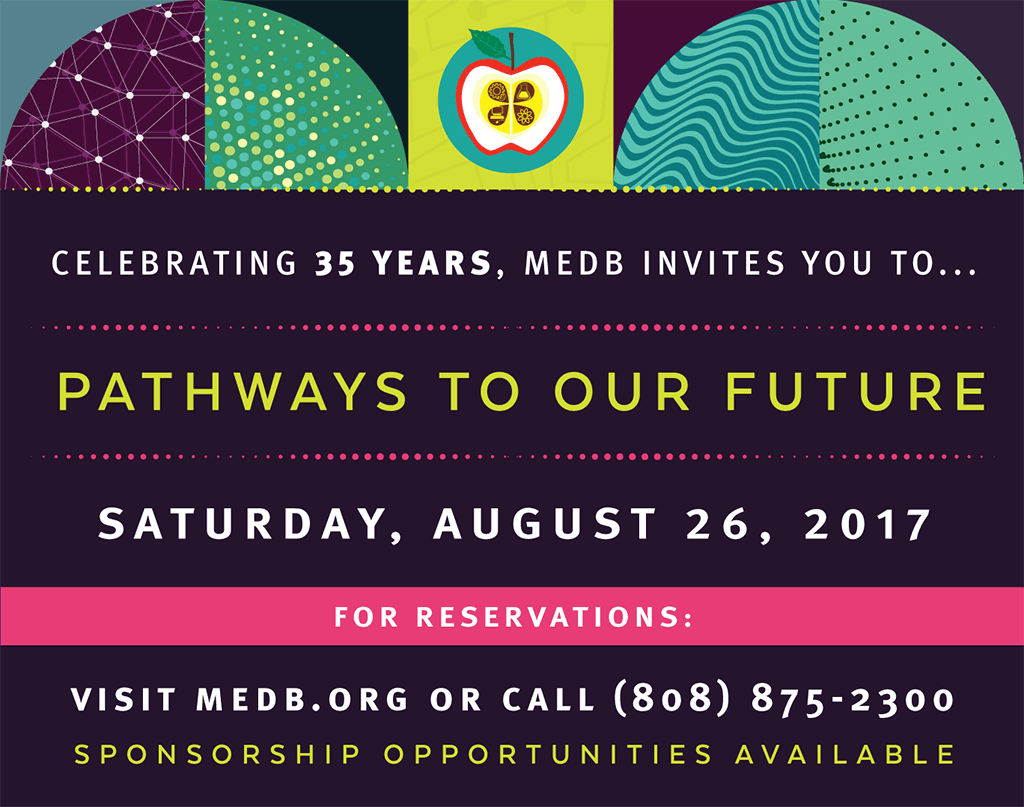
Now celebrating 35 years, Maui Economic Development Board (MEDB) invites you to join us for Pathways to our Future to benefit MEDB and the MEDB Ke Alahele Education Fund.
Saturday, August 26, 2017
Fairmont Kea Lani, Maui
4:30 pm Reception/Silent Auction
6:00 pm Dinner/Live Auction
Help empower our teachers, inspire our students, and build pathways to science, technology, engineering, and math careers.
For reservations, please visit medb.org or call (808) 875-2300.
Sponsorship opportunities available.

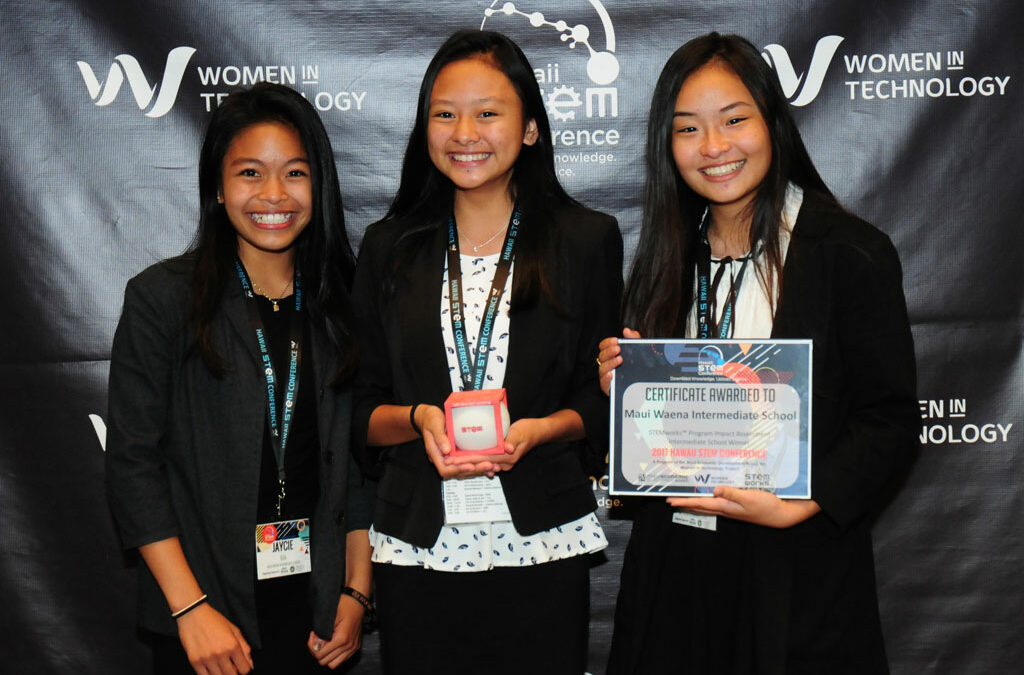
Jul 5, 2017 | Education
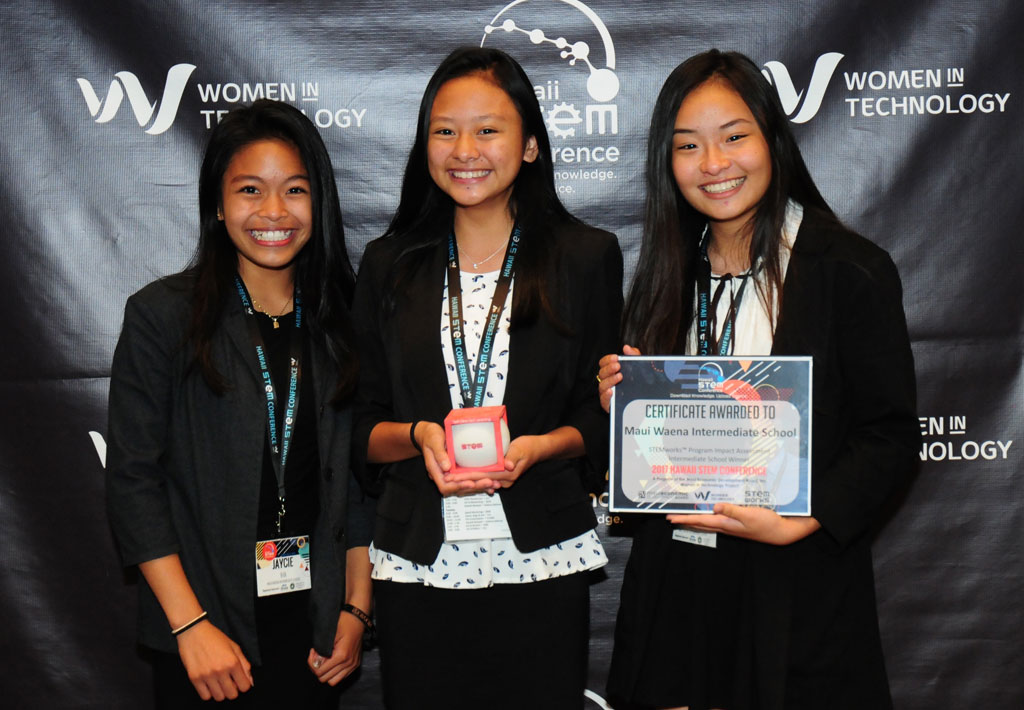
In May, Maui Economic Development Board’s (MEDB) Women in Technology Project presented the 8th Annual Hawaii STEM (science, technology, engineering, mathematics) Conference at the Hawaii Convention Center in Honolulu. More than 1,000 students, educators, industry partners and community leaders throughout the state and the nation participated in this year’s theme, Download Knowledge, Upload Service. Hands-on STEM activities, competitions, and access to the latest technologies showcased the student’s skills. The conference featured over 40 student and teacher breakout sessions, 14 software competitions, a STEM playground, a formal awards banquet called “The Stemmy’s”, and exhibit presentations.
“Virtually every field in every sector of the economy, whether a small business or major industry, needs STEM professionals,” said Leslie Wilkins, MEDB President. “Preparing our youth to be resilient, well-educated and self-directed learners is at the heart of all MEDB’s STEMworks™ programs. That is what this conference is all about.”
Jadynne Zane, Maui Waena Intermediate School 8th grader said, “Our school won an award in the Project Impact Assessment (PIA) competition. In a designated amount of time, we had to explain to the judges how our STEM club daily demonstrates teamwork, self-directed learning, and critical thinking, and how we interact with the community. One example was about a STEMworks™ team member who created an app that would allow Cystic Fibrosis patients to communicate with each other and their doctors.”
“Allowing the students to select what they are proud of and plan how to present it to a panel of judges is absolutely real life and powerful,” said Jennifer Suzuki, media teacher at Maui Waena School. “They have to organize, work together, and succinctly convey their information. This was just another example of what students can do when they are given the opportunity.”
Caleb Soo Hoo, a senior at Baldwin High School and co-winner, with Chris Kau, of the On-Site Video Competition, concluded, “There are no boundaries when we have the chance to create our own projects. To see our visions realized is the best kind of feeling!”
STEM education has taught me there are no limits to what I can do. Thank you MEDB!
Jadynne Zane, Maui Waena Intermediate 8th grader
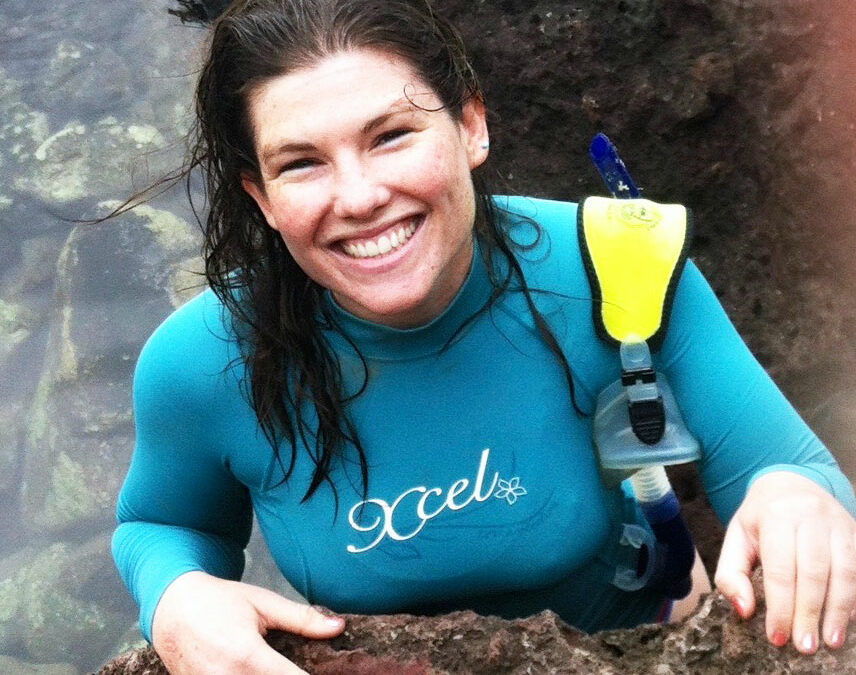
Jun 28, 2017 | Education, Stemworks
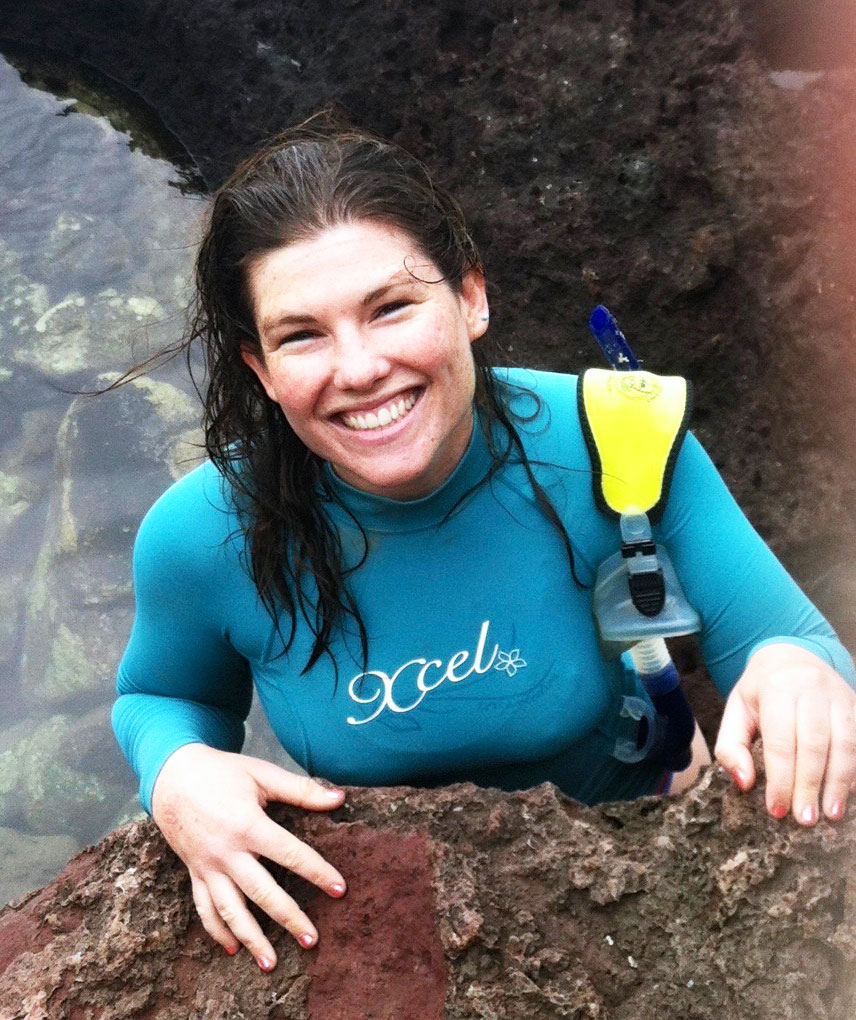
Maui Economic Development Board (MEDB), celebrating their 35th Anniversary, will hold the Annual Benefit Dinner and Auction, Pathways to Our Future, on Saturday August 26 at the Fairmont Kea Lani Maui. Thanks to donors of MEDB’s Ke Alahele Education Fund, STEM (science, technology, engineering, mathematics) education is empowering students and teachers throughout Maui County.
“MEDB envisions lives fulfilled in a vibrant economy within the very special culture of Hawaii,” said Graham DeVey, MEDB Program Manager. “An example is Alana Yurkanin, Assistant Marine Coordinator at The Nature Conservancy. Years ago, Yurkanin came to Baldwin High School with a variety of talents and interests, and joined one of MEDB’s after-school STEM programs, Future Scientists and Engineers of America (FSEA). By senior year she’d become FSEA chapter co-president and led a team to victory at UH Engineering Expo, winning international praise for her multi-year science fair project working with sharks.”
“Something about choosing to sit with a group of friends after school in this club opened me up to my own exploration of science,” said Yurkanin. “I felt empowered to ask my own questions and look at my life through a scientific lens. Our time at FSEA allowed us to create electric circuits, simulate the technology used to map the surface of Mars, build and test trebuchets, and parachute eggs from a three-story building. I got to thinking, maybe science wasn’t so scary – it was actually fun and approachable.
“Most of the funding for FSEA came from an organization that especially wanted to engage girls in the sciences, MEDB’s Women In Technology (WIT) Project,” Yurkanin recalled. “I remember WIT staffers visiting our class. I felt so inspired to see women as leaders in this technical field and so appreciative for their encouragement. WIT created incentives for kids to get involved in after-school STEM programs by providing funding for travel and lab materials. I feel that because of this experience, I can now give back to Hawai‘i in meaningful ways!”
MEDB’s STEM programs teach students to pitch in to improve our island environment, working mauka or makai.
Alana Yurkanin, The Nature Conservancy Assistant Marine Coordinator




















